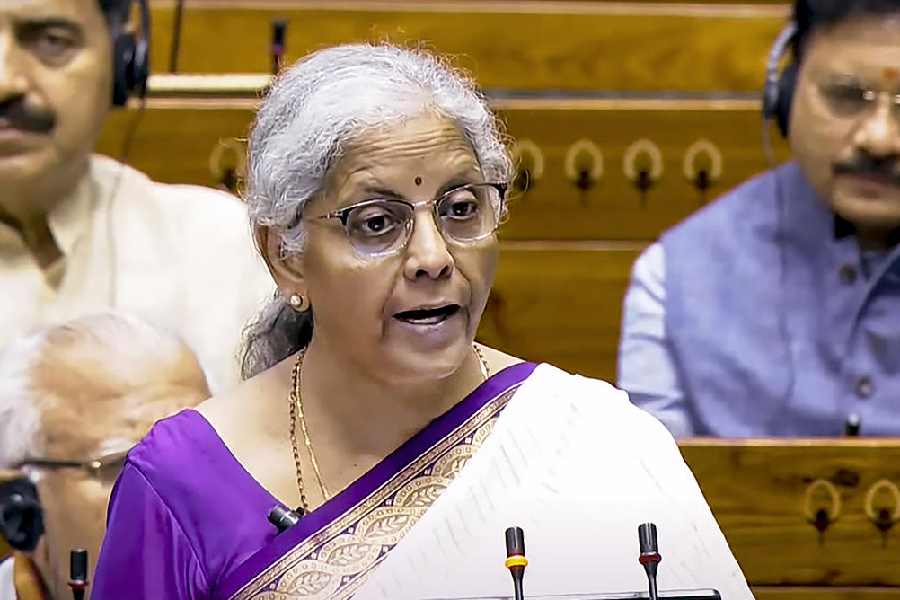The finance ministry has relaxed norms for expenditure exceeding ₹500 crore to accelerate capex (capital expenditure) that is pegged at ₹11.11 lakh crore in the current fiscal.
This will give a push to government spending which suffered a slowdown for a couple of months due to the general elections.
The economic growth slowed to a five-quarter low of 6.7 per cent year-on-year in the April-June quarter, primarily due to a decline in government spending during the national elections.
Finance minister Nirmala Sitharaman in the budget proposed to raise the capital expenditure target by 11.1 per cent to ₹11.11 lakh crore for 2024-25.
To provide the requisite operational flexibility in the execution of the budget, it has been decided to relax rules for big releases above ₹500 crore for all items of expenditure in the current financial year, an office memorandum dated September 2, 2024, said.
The relaxation permitted is subject to strict compliance by all ministries and departments, it said.
All expenditure should be in compliance with the guidelines of the government nodal agencies.
They should be within the ceilings of the monthly and quarterly expenditure plans of the ministries for both scheme and non-scheme expenditure.
Earlier, according to a May 2022 memorandum, the release of amounts ranging between ₹500 crore and ₹2,000 crore had to be prepared to enable the tracking of expenditure and cash flow.
The range of dates for such releases may be kept between the 21st and 25th of a month to take advantage of the goods and services tax (GST) inflows.
Similarly, bulk expenditure items of over ₹2,000 crore in value were to be timed during the second fortnight in the last month of the quarter to avail of direct tax receipts inflow. Now, these conditions will not exist.
Financial advisers would review and freeze the timing of the receipts of dividends of various other non-tax receipts of their respective ministry and department, it said.
The dividend payments and buyback considerations would be targeted in the H1 part of the financial year, it added.
Core push
Economists have expressed concerns about the potential for further slowdown in growth if infrastructure spending does not pick up significantly.
“In the first quarter data, there is a clear message
that the GoI should accelerate its infrastructure spending to make up for the negative growth in its capital expenditure in the first four months at (-)17.6 per cent,” said
D.K. Srivastava, chief policy adviser at EY India and a member of the advisory council
to the 16th Finance Commission.
“Unless this is made
up and converted into a positive annual growth of 17 per cent or above, the likelihood is that the annual real GDP growth may fall below 7 per cent.”











